10 Best Herbal Baths For Nail Fungus

Herbal baths can be an effective and natural remedy for treating nail fungus by utilizing the antifungal and antimicrobial properties of certain herbs.
Commonly used herbs such as garlic, tea tree oil, eucalyptus, and chamomile are known for their ability to combat fungal infections when applied topically. To prepare an herbal bath, these ingredients can be steeped in warm water and used to soak the affected nails for 15 to 20 minutes daily. This method helps to reduce inflammation, eliminate odor, and promote the healing of the nail bed.
While herbal baths may not completely cure severe nail fungus, they can serve as a complementary therapy when combined with other treatments like antifungal medications.
FREE Herb Drying Checklist
How to make sure every batch retains maximum flavor, color, and aroma without the risk of mold or over-drying. Eliminate guesswork and trial-and-error, making herb drying faster, easier, and more efficient every time.
Table of Contents
1. Urtica dioica

Urtica dioica, commonly known as stinging nettle, has been traditionally used for its medicinal properties, including potential benefits for skin and nail health.
When prepared as a herbal bath, stinging nettle can help soothe inflammation and promote healing due to its high concentration of minerals and antioxidants. For nail fungus, soaking the affected nails in a nettle bath may help reduce fungal growth by creating an environment less favorable for the fungus to thrive. The anti-inflammatory and antimicrobial properties of nettle can support the body's natural healing processes and may alleviate symptoms associated with fungal infections.
While it is not a cure-all, incorporating urtica dioica baths into a holistic treatment plan may provide supportive relief for those dealing with nail fungus.
2. Hypericum perforatum

Hypericum perforatum, commonly known as St. John's Wort, has been traditionally used for its potential antifungal properties, making it a popular choice for herbal baths aimed at treating nail fungus.
When infused into water, the oil from Hypericum perforatum can create a soothing bath that may help reduce inflammation and fungal growth on the nails. The active compounds in St. John's Wort, such as hypericin and hyperforin, are believed to have antimicrobial effects that may inhibit the spread of fungal infections. To use it effectively, the herb is often steeped in oil or water and applied to the affected nails during soaking sessions.
While some people find relief with these baths, it is important to consult a healthcare professional before relying solely on herbal treatments for persistent nail fungus.
3. Rosmarinus officinalis

Rosmarinus officinalis, commonly known as rosemary, has been traditionally used for its antimicrobial and antifungal properties, making it a promising natural remedy for nail fungus.
When used in herbal baths, rosemary essential oil or infused oils can help reduce fungal growth by inhibiting the spread of dermatophytes, the primary cause of onychomycosis. To prepare a rosemary bath, a few drops of rosemary essential oil can be added to warm water, allowing the nails to soak for 15 to 20 minutes several times a week. This method is not only gentle on the skin but also offers a soothing aromatherapy experience.
While it may not completely eliminate nail fungus on its own, rosemary baths can be a complementary therapy when used alongside other treatments recommended by a healthcare professional.
4. Equisetum arvense

Equisetum arvense, commonly known as horsetail, is a herb rich in silica and other minerals that may support nail health.
Herbal baths using equisetum arvense can be prepared by steeping the dried plant in hot water and soaking the affected nails for 15 to 20 minutes daily. This practice is believed to help reduce fungal growth by creating an environment less favorable for pathogens. Some alternative medicine practitioners recommend equisetum baths as a natural remedy for nail fungus due to its antifungal and astringent properties.
However, it is important to consult a healthcare professional before using herbal treatments, especially if the infection is severe or persistent.
5. Thymus vulgaris
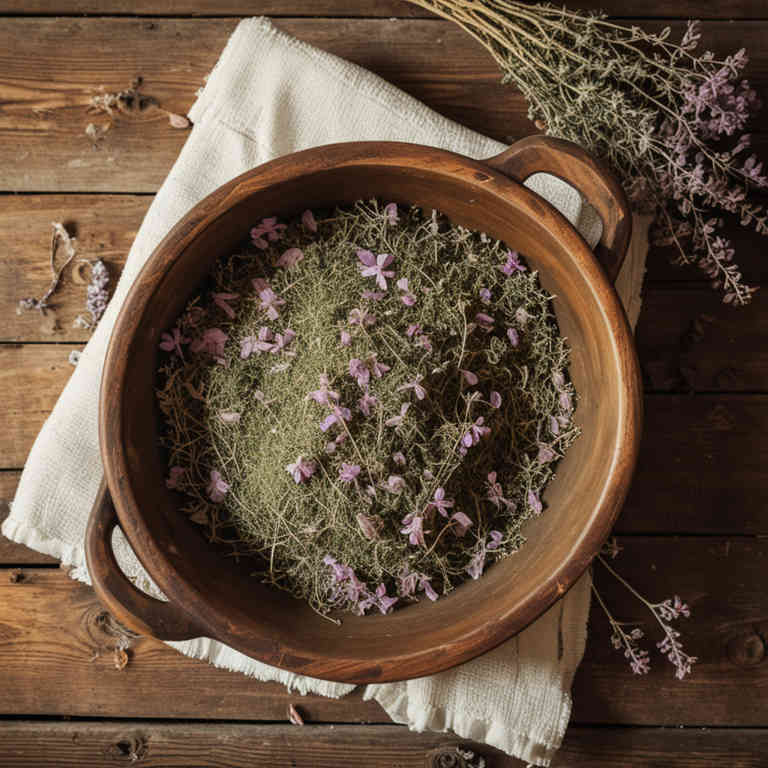
Thymus vulgaris, commonly known as thyme, has been traditionally used for its antimicrobial and antifungal properties, making it a popular ingredient in herbal baths for treating nail fungus.
When used in a bath, thyme essential oil or its infused water can help reduce fungal growth by creating an environment that is unfavorable for the fungus to thrive. The aromatic compounds in thyme, such as thymol, have been shown to inhibit the growth of various fungi, including those responsible for onychomycosis. To use thyme in a bath, it is typically diluted with water and added to warm bath water, allowing the skin and nails to absorb its beneficial properties.
While thyme baths may offer some relief, they should be used in conjunction with other treatments and under the guidance of a healthcare professional for best results.
6. Salvia officinalis

Salvia officinalis, commonly known as sage, has been traditionally used for its antimicrobial and anti-inflammatory properties, making it a potential natural remedy for nail fungus.
When infused into bath water, sage can help create an environment that may inhibit the growth of fungal organisms on the skin and nails. The essential oils and compounds in sage, such as thujone and camphor, are believed to possess antifungal effects that could support the treatment of onychomycosis. To use sage in a herbal bath, one can steep dried sage leaves in hot water for several hours before adding the infusion to a warm bath.
While sage baths may offer some symptomatic relief, they should not replace conventional medical treatments for severe nail fungus, and it is advisable to consult a healthcare professional for proper diagnosis and care.
7. Teucrium marum
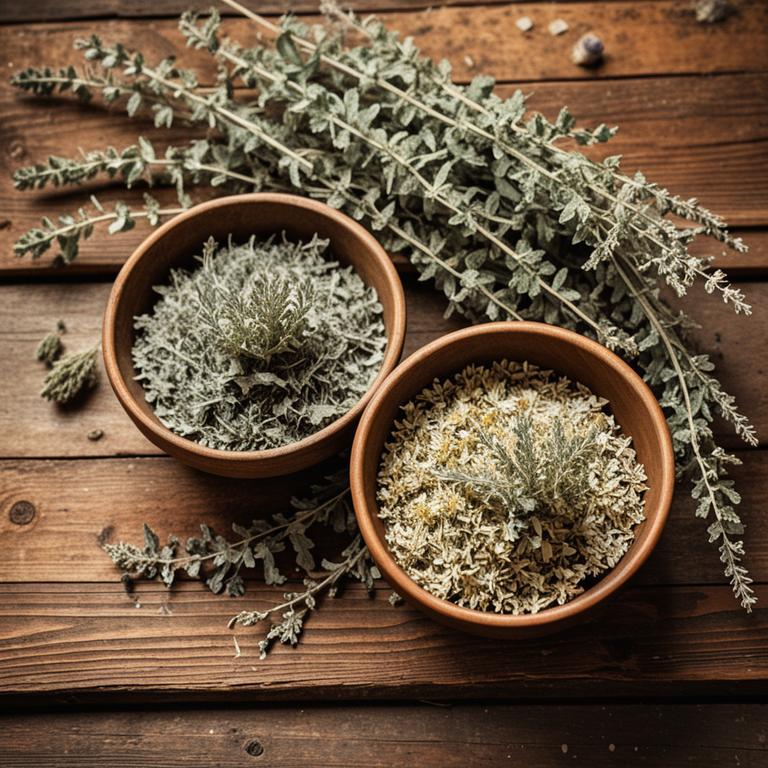
Teucrium marum, also known as germander, has been traditionally used in herbal remedies for its antifungal and anti-inflammatory properties.
When infused into a bath, it can help soothe and treat nail fungus by creating an environment that inhibits fungal growth. To prepare the bath, steep a handful of dried Teucrium marum in boiling water for about 30 minutes, then strain the liquid and use it to fill a warm bath. Soaking the affected nails in this herbal bath for 15 to 20 minutes daily may help reduce symptoms and promote healing.
While it can be a complementary treatment, it is advisable to consult a healthcare professional for persistent or severe nail fungus infections.
8. Cupressus sempervirens
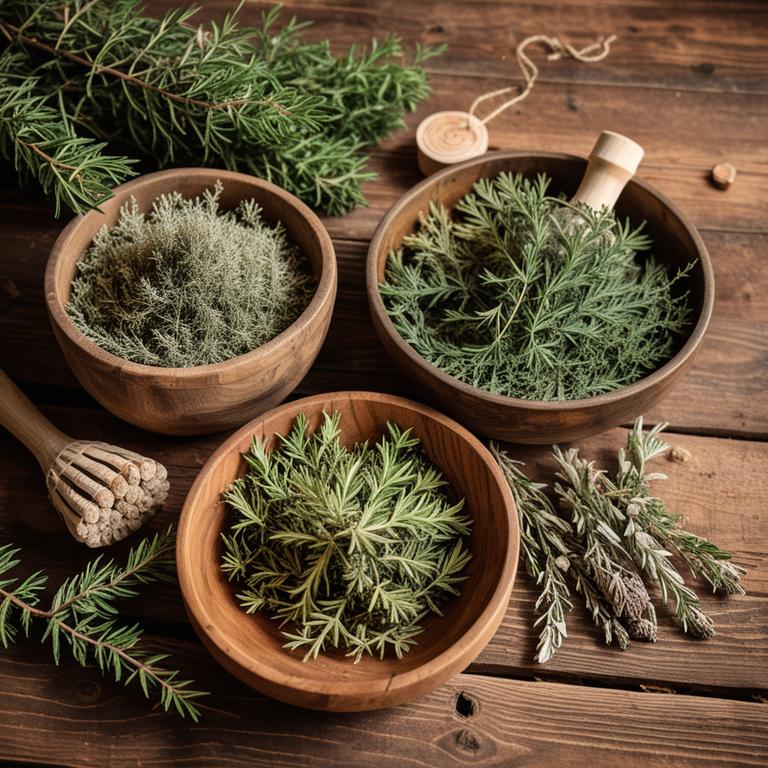
Cupressus sempervirens, commonly known as Italian cypress, has been traditionally used in herbal remedies for its antifungal and astringent properties.
When infused into bath water, it can create a soothing environment that may help reduce the presence of fungal infections, including nail fungus. The essential oils derived from this plant contain compounds like limonene and alpha-pinene, which have shown antimicrobial effects in scientific studies. To use it for nail fungus, simply steep a handful of dried cypress leaves in hot water for several hours, then soak the affected nails for 15 to 20 minutes daily.
While it may offer supportive benefits, it is important to consult a healthcare professional for persistent or severe cases of nail fungus.
9. Teucrium polium
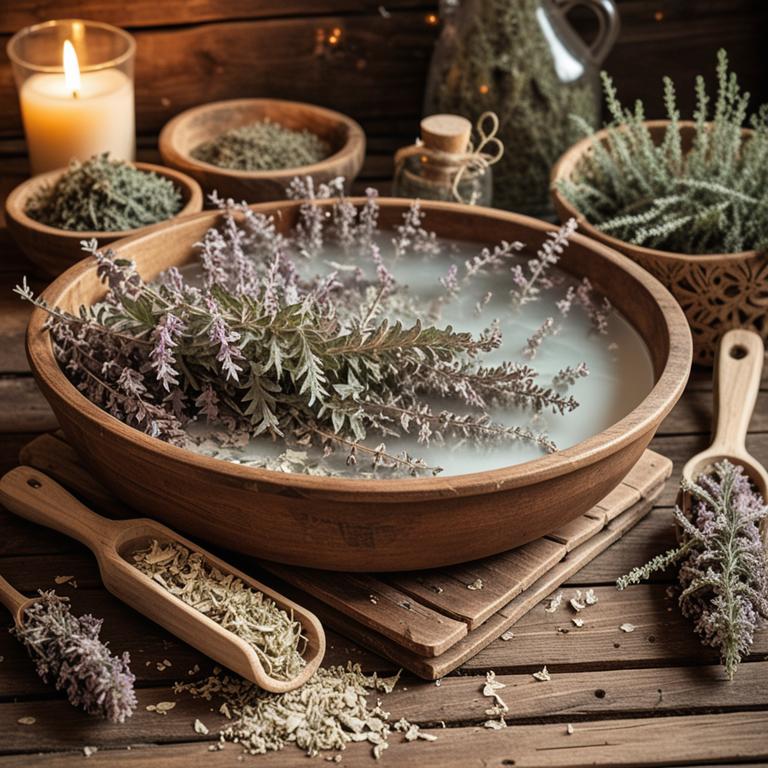
Teucrium polium, also known as the summer savory plant, has been traditionally used for its antimicrobial and antifungal properties, making it a promising natural remedy for treating nail fungus.
When used in herbal baths, the essential oils and phytochemicals from Teucrium polium can help reduce the fungal infection by inhibiting the growth of dermatophytes and other pathogens. To prepare the bath, a few drops of Teucrium polium essential oil or a handful of dried leaves can be added to warm water, and the affected nails can be soaked for 15 to 20 minutes daily. While herbal baths may provide some relief, they should be used in conjunction with other treatments and under the guidance of a healthcare professional for optimal results.
Overall, Teucrium polium offers a natural, potentially effective alternative for those seeking to manage nail fungus through holistic means.
10. Sanguinaria canadensis
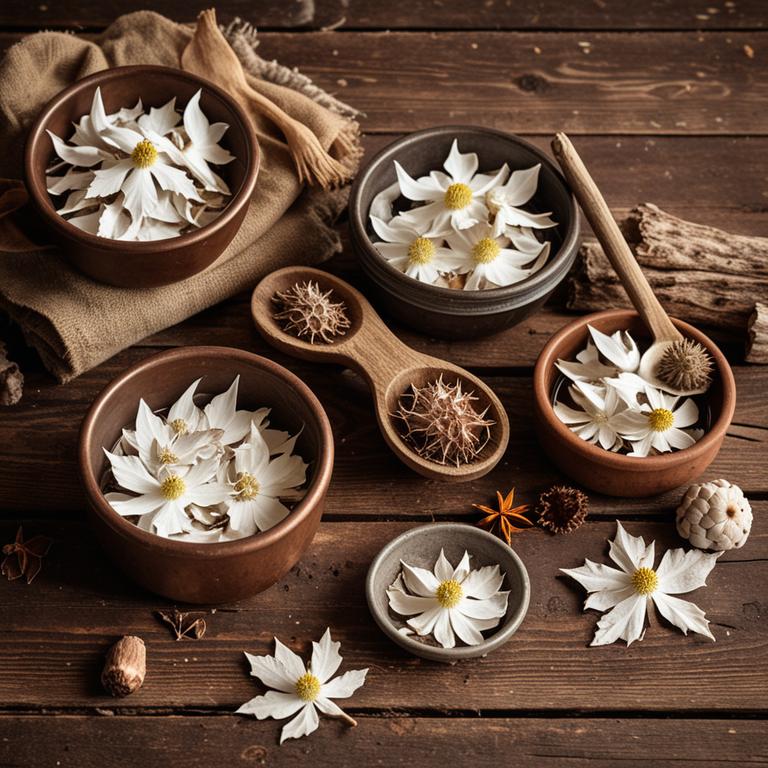
Sanguinaria canadensis, commonly known as bloodroot, has been traditionally used in herbal remedies for its potential antifungal properties.
When incorporated into herbal baths, it may help to create an environment that is less hospitable to fungal growth, potentially aiding in the treatment of nail fungus. The active compounds in bloodroot, such as sanguinarine, are believed to have antimicrobial and antifungal effects that could support the healing process. However, it is important to note that while some anecdotal evidence suggests its effectiveness, scientific research on its use for nail fungus is limited.
As with any herbal remedy, it is advisable to consult with a healthcare professional before using bloodroot baths, especially for individuals with sensitive skin or existing medical conditions.